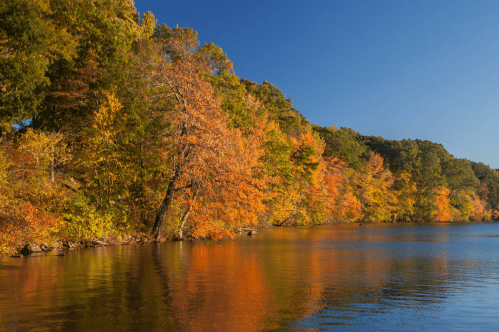If you've spent any time here in the Cowboy State when winter rolls around, chances are high that you've experienced one or two blizzards in Wyoming. It's also likely that you've lived through a few doozies, but no winter storm in Wyoming's recent memory was quite as bad as the deadly storm of 1949. Many of us weren't alive to remember that horrible winter, but we've all heard stories from our parents and grandparents who were there to witness it. This historic snowstorm in eastern Wyoming was terrifying, deadly, and all-around one for the record books.
On the evening of January 2, 1949, a massive blizzard hit Wyoming, Nebraska and the Dakotas with little warning.
This early January storm wasn't predicted to be as bad as it turned out to be, and many people were caught off guard. Unfortunately, the initial storm was just one of many that would pummel the state over the next few months.
The January 2nd storm storm lasted three days and killed nine people in Wyoming. It was a record-setting storm in terms of cold temperatures and snowfall amounts, and the brutal winds made for incredible snow drifts.
The last three casualties discovered after the first storm were Mr. and Mrs. Archuleta and their five-year-old daughter, who were found about 3.5 miles from their home in Hillsdale, frozen to death in their car. Most of the others who died froze to death as well; one man had a heart attack.
Entire towns were snowed in, and all transportation was cut off. 3,300 miles of roads were covered in snow; many people who weren't able to reach their homes in time were trapped in their cars.
Because the roads were impassable, towns began to run out of groceries. Ranches were cut off from travel. The U.S. Army sent bulldozers to clear the roads, but as soon as they cleared them, another storm rolled in and covered the roads with fresh snow.
Thousands of cattle froze or starved to death. The U.S. Air Force dropped bales of hay to starving cattle; in some cases at drop-off points, and trucks dispersed the hay to nearby fields.
For the 45 days following the initial blizzard, new storms just kept coming. The temperature never climbed above zero during that time, and snowdrifts reached 20 to 30 feet tall. Winds raged at 30 to 80 mph. Entire homes were buried to their roofs; towns completely shut down for weeks.
The storms finally eased off in March, but it would be July until many of the largest snowbanks completely melted. In all, nearly 80 people died across Wyoming, Nebraska and the Dakotas.
For the 45 days following the initial blizzard, new storms just kept coming. The temperature never climbed above zero during that time, and snowdrifts reached 20 to 30 feet tall. Winds raged at 30 to 80 mph. Entire homes were buried to their roofs; towns completely shut down for weeks.
The storms finally eased off in March, but it would be July until many of the largest snowbanks completely melted. In all, nearly 80 people died across Wyoming, Nebraska and the Dakotas.
Farmers were hit particularly hard by the livestock casualties, and it would be a few years before the ranchers were able to resume normal operations.
What stories do you have to share about the blizzard of 1949? Wyoming PBS even did a special about this historic blizzard in Wyoming: "Storm of the Century: The Blizzard of '49."
If You Only Have One Day to Visit This Small Town in Rhode Island, Here’s Everything You Absolutely Can’t Miss

If You Only Have One Day to Visit This Small Town in Maine, Here’s Everything You Absolutely Can’t Miss

If You Only Have One Day to Visit This Small Town in Massachusetts, Here’s Everything You Absolutely Can’t Miss

While our state is known for its winter wind chill in particular, snowstorms in Wyoming are pretty common. Luckily, most times when a blizzard in Wyoming shuts the state down, people are able to remain safe at home. When we have enough warning, it's easier to appreciate how the snow just makes everything look magical.
Check out even more historical places and unique Wyoming tidbits, then take some time to snuggle up in a cozy cabin that has immaculate views in winter and year-round!
Subscribe to our newsletter
Get the latest updates and news
Thank you for subscribing!




























